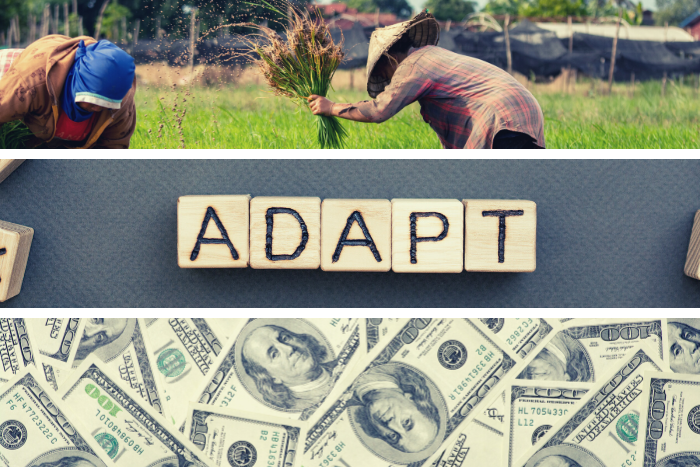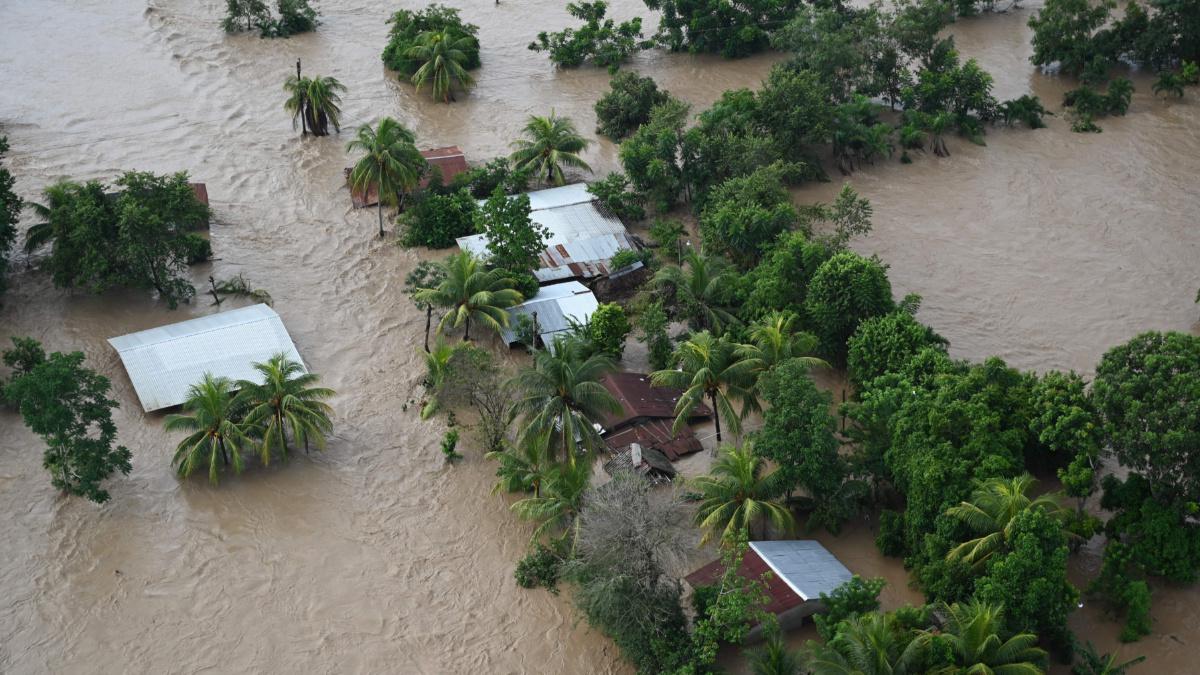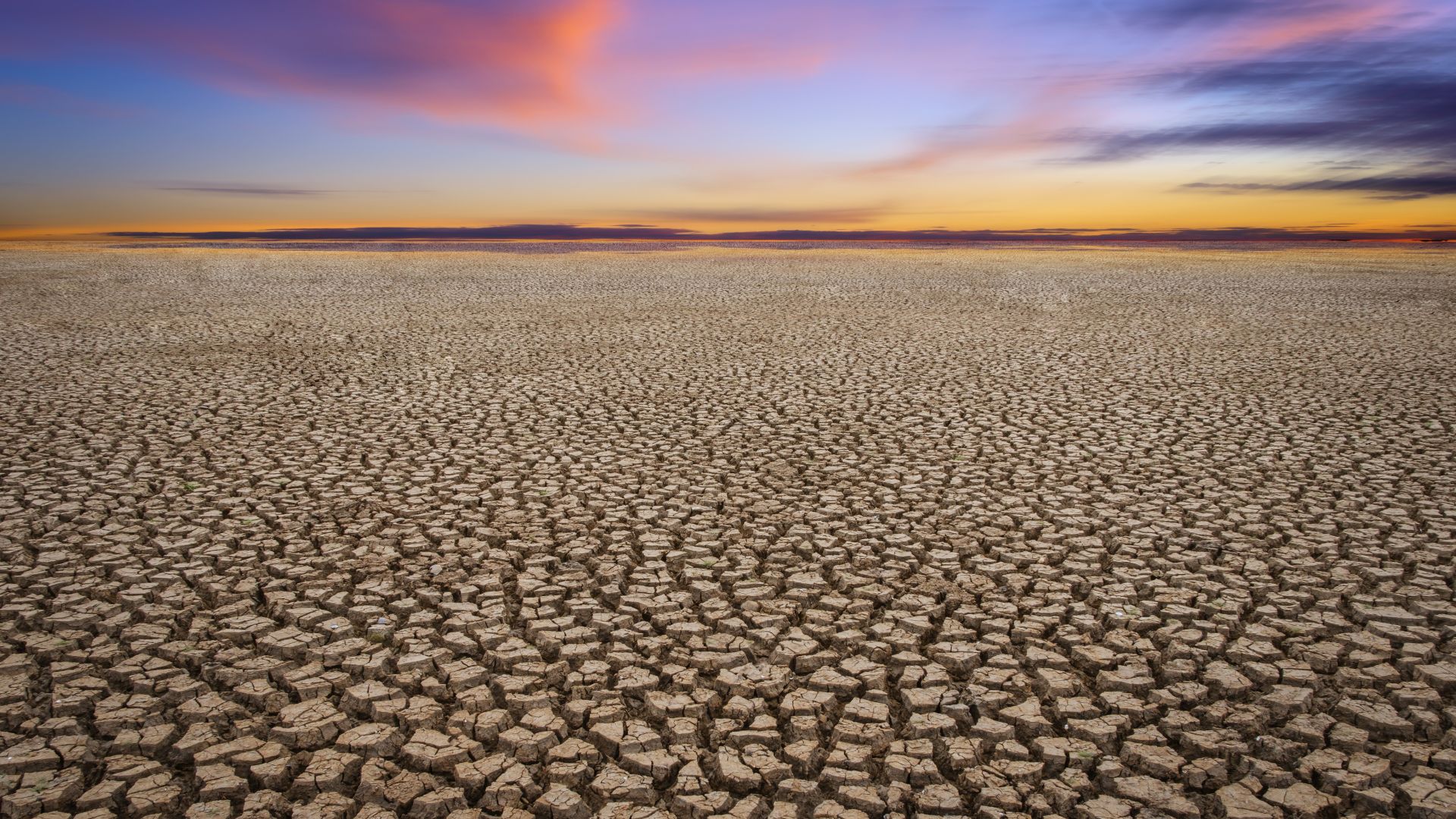How Climate Change exacerbates rural India's debt burden
Ongoing shifts in rainfall and temperature under climate change are likely to increase the debt burden on rural households, particularly those in dry areas and belonging to marginalised groups, finds the study
By Editorial Team / Jan 5, 2023

Temperature anomalies in the winter cropping season were found to be associated with increasing household indebtedness, particularly in arid and semi-arid areas.
Climate anomalies and village-level climate shocks both contribute to increased indebtedness in rural India, a study found. The study, published in the journal Climate Change, said that changes in climate interacted with existing socioeconomic differences—caste and landholding in particular—to deepen both the size and the depth of indebtedness for rural households.
(The size captures the total debt burden of a household, with the number of loans and the total monetary value of loans as the most common indicators. The depth or intensity of indebtedness signifies the total debt burden in relation to household resources such as assets or income and can be measured using financial ratios.)
Temperature anomalies in the winter cropping season were found to be associated with increasing household indebtedness, particularly in arid and semi-arid areas. The researchers used a multilevel longitudinal approach that found pervasive effects of season-specific, 5-year climate anomalies on multiple dimensions of household debt.
The study highlighted three major pathways through which climatic shifts could be affecting household debt.
Falling crop productivity and spending on adaptive measures
To begin with, crop productivity is one likely pathway by which climate change could trigger shifts in household indebtedness. The study noted that in arid/semi-arid regions, even a 1 °C increase in temperature can result in a significant decline in crop yields. Untimely rainfall, the study added, can engineer crop losses by triggering flash-foods, a common phenomenon in the mountainous districts of Himachal Pradesh and Uttarakhand in Northern India and in districts from North-Eastern states like Assam.
Such crop losses translate into income losses for those households that are dependent on farming and allied activities. In such cases, debt could become an effective tool to overcome income disruptions and maintain household consumption levels.
Another way climatic shifts can increase household indebtedness is by inducing households to make investments in adaptive capacities. For instance, the study found that farmers were likely to invest in pumps, drip-irrigation kits, and sprinkler systems to counter the loss of soil-moisture resulting from high temperatures or recurring droughts. Farmers were also likely to increase investments in fertilisers and improved seeds to increase yields in the face of mounting climate-related uncertainties. Through these investments, farmers tried to infuse greater predictability into agriculture, and they borrowed in order to do so.
The study found that 54–55% of the households that increased their area under irrigation also saw an increase in all parameters of indebtedness .
Healthcare expenditures
Increases in temperature have been associated with a rise in the incidence of heat-related illnesses and cardiovascular stress. The study said that an increase in monsoon temperature can result in higher incidence of waterborne diseases like cholera, typhoid, and diarrhoea, and vectorborne diseases like malaria and chikungunya.
Rural households in arid/ semi-arid regions also tend to have a higher dependence on manual labour, whether as farmers or as daily-wage labourers, who are more susceptible to heat-related illnesses. The results from the study showed that high healthcare costs were a major drain on the finances of rural households, driving them deeper into debt and impoverishment.
Exacerbating existing vulnerabilities
The study also found that climate anomalies had a differential impact on the indebtedness of households belonging to different socioeconomic groups.
In arid regions, the influence of winter temperature and rainfall anomalies on debt was stronger for Scheduled Tribes (ST) and Other Backward Classes (OBC) households relative to upper-caste households. This was also true for the influence of summer and winter temperatures on landless and small-holding households relative to large landowners, noted the study.
About 45% of ST households, noted the study, depended on agriculture for their livelihoods. At the same time, fewer households (23%) from this group had access to irrigation. A significant proportion of ST households (45%) were also dependent on wage labour, agricultural and non-agricultural, for their livelihoods
Households belonging to marginalised caste groups (ST and OBC) and those who were landless or small landholders were more likely to rely on moneylenders, landholders, seed and agricultural commodity traders, and government agencies to access the means of production needed to sustain household reproduction.
Uncertainties in agriculture, rooted in climate change, could also translate into a decline in the availability of work for rural wage workers. This forced them to look outside their villages for wage labour, possibly through middlemen. Working as wageworkers, often under highly exploitative terms, often led households to borrow to meet consumption needs and contributed to debt traps. In this way too, climate change can increase indebtedness for the rural poor, found the report.
Debts taken beyond the repayment capacities of households can also trap them into a cycle of poverty, a cycle that is likely exacerbated by climate change, as found by the report. Thus, policies that seek to address the problem of rural indebtedness must consider the role of climate change.
The article was first published in CarbonCopy.
Climate Adaptation Climate Finance Climate Mitigation Climate Change

